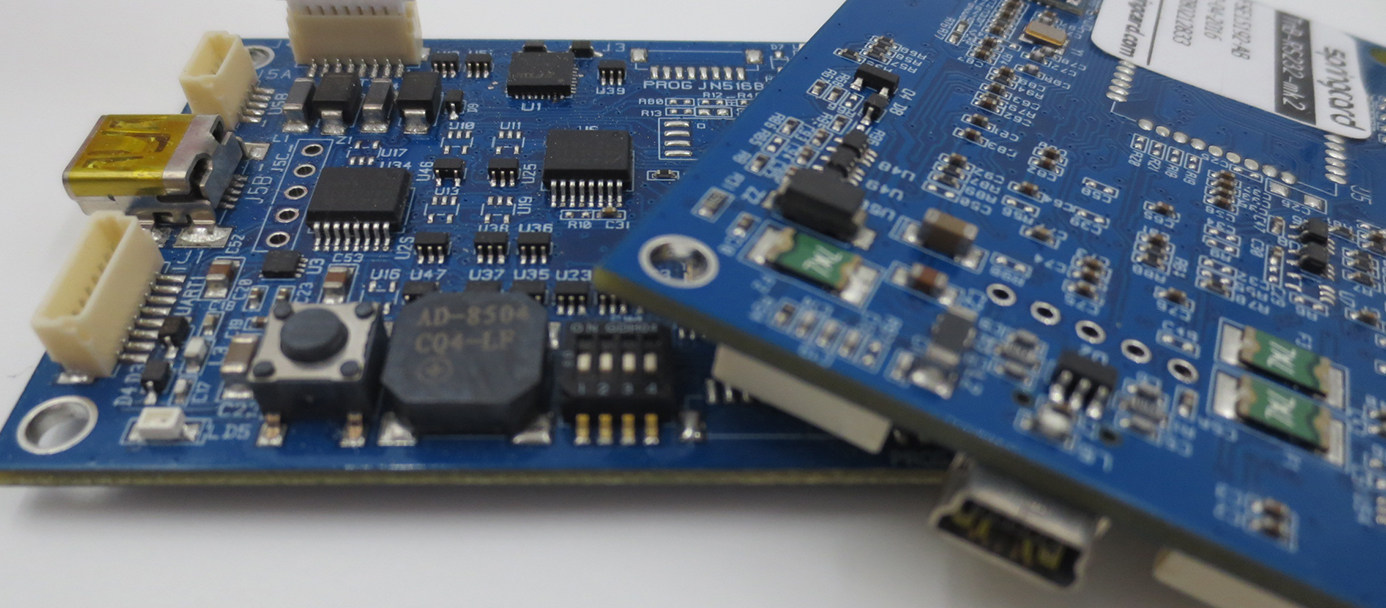Everything you need to know about Bluetooth Smart or Bluetooth Low Energy
What is the Bluetooth Low Energy ?.png)
The Bluetooth Low Energy or BLE is an alternative to classic Bluetooth that appeared in 2010 with the 4th version of the standard. It’s official name is Bluetooth Smart. It is very different from classic Bluetooth because it was designed to satisfy two specific objectives.
The first objective is a low cost and a high simplicity of use. With a simple protocol and a low flow, the Bluetooth Smart doesn’t need an important calculation power and is easy to implement. By deleting the complex peering process of the classic Bluetooth it is more simple for users and can be operated in completely automated systems.
The second objective is the low consumption, hence the nickname Bluetooth Low Energy. Even then the simplicity of the protocol and the low flow are key assets that allow the maximisation of the battery life that powers the device communicating in BLE.
The BLE shares the frequency band 2.4GHz with the Bluetooth classic, WiFi and other systems like Zigbee. According to the power chosen and the band congestion, its practical reach is from a few meters to more than fifteen meters.
Before launching a BLE product on the market, as for any Bluetooth product, you need to prove the compliance of this product to standards by certifying it following the protocol defined by Bluetooth SIG. Products based on a module already pre-certified follow a lighter certification protocol which reduces their launching costs.
Beacon & BLE
The BLE protocol is a type of customer/host mechanism, where BLE plays the role of an host offering its services to the smartphone or computer that will connect as a customer.
For the customer to be able to discover the host, which means “see” the BLE device, the protocol plans that the host sends periodically a frame to show its existence.
In other words the device broadcasts at regular intervals a message saying “I’m here, I offer this service and here is my Bluetooth address if you want to reach me”.
The concept of the BLE beacon consist of focus on the part “I’m here, here is my address” of the message.
The smartphone or other terminal that receives that type of message will know that he is close from this or this beacon.
By questioning a database or a cloud service, he can precisely identify its position. That’s a geolocalisation mean which is complementary to GPS because it works inside too. And above all, an application on the smartphone can use this to know that it is in this shop, this shelf and close to this product.
There are already plenty of uses in retail: targeted advertisement, customer follow up, impact measurement for marketing events….

On the contrary, it is possible to integrate a beacon into a mobile device, an animal, or to give it to an isolated worked or a vulnerable person. Thanks to a network of fixed BLE receivers, like SpringCard Twist’n Blue or the new PUCK Blue, it is simple to determine whether a beacon stays around or is going away.
To sum up, the Bluetooth Low Energy is a wireless communication technology with a medium reach and a low consumption that is easy to deploy and covers a wide range of uses. SpringCard products equipped with this technology are the basic brick for the invention of new services.
For more information on the Bluetooth technology visit the Bluetooth website.
You want to try our reader ? Get a loan now ! https://www.springcard.com/en/device-loan-puck
Published on 9/04/2018
Leave a comment